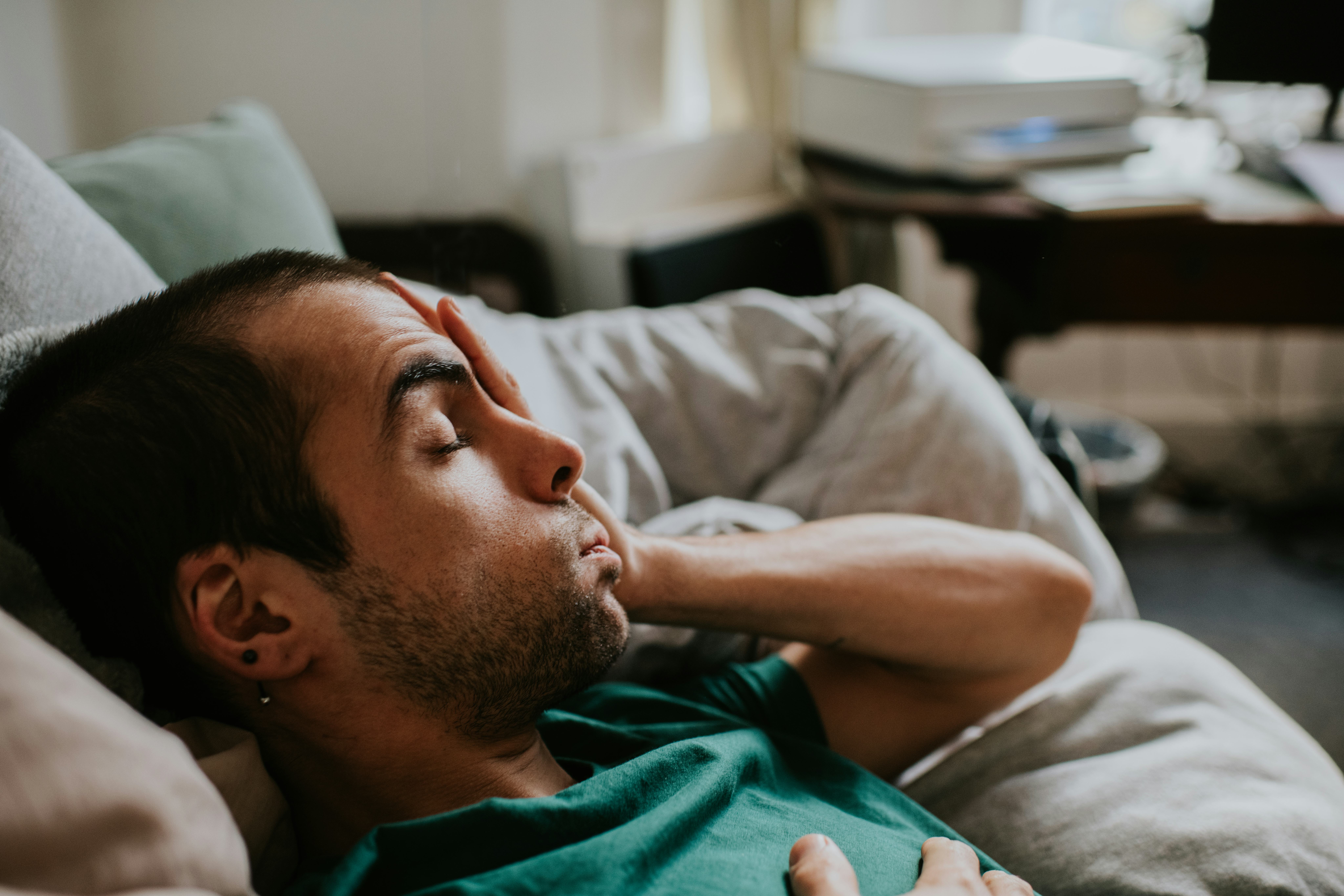
We’ve all experienced the overwhelming fatigue following a strenuous hike or an intense exercise class. But for the millions of people worldwide living with long Covid, this exhaustion doesn’t fade once you catch your breath or take a rest. The why behind this post-exertional malaise is a puzzle scientists are still trying to crack.
In a study published Thursday in the journal Nature Communications, researchers in the Netherlands point to the mitochondria, the cell’s energy powerhouse.
They found among individuals experiencing long Covid post-exertional malaise after exercise, their mitochondria appeared to function poorly compared to their healthy counterparts who were fully recovered from only a mild Covid-19 infection. This was based on blood samples and muscle biopsies taken before and after exercise, which also showed signs of tissue damage and misfolded proteins, called amyloid plaques, within the skeletal muscles of individuals with long Covid.
While the researchers caution in the paper that their findings are only “observational in nature, and therefore… cannot establish causality,” the new study provides a direction for further research and a glimmer of hope that we might one day uncover effective therapies and treatments.
“[T]he cause of the fatigue is really biological,” Michèle van Vugt, professor of internal medicine at Amsterdam University Medical Center in the Netherlands, who co-authored the study, said in a press release. “The brain needs energy to think. Muscles need energy to move. This discovery means we can now start to research an appropriate treatment for those with long COVID.”
Hijacking the mitochondria
Mitochondria are sausage-shaped structures, or organelles, floating inside cells that generate a chemical called adenosine triphosphate (or ATP) used as fuel for all our metabolic processes. How many of these ATP generators are in a cell depends on its energetic needs, with the most power-hungry cells containing more mitochondria.
Recent studies have found that Covid-19 infection can hamper a mitochondrion’s energy production in various organs by altering its bespoke genome, which is completely separate from the main cellular DNA.
This tampering with the body’s fuel has been proposed as one among a few other theories behind post-exertional malaise in long Covid. Other hypotheses include deposits of amyloid plaques in blood vessels stymying oxygen supply to muscles, local and more widespread inflammation in the body, hormonal imbalances, and perhaps some leftover virus or viral particles that haven’t been cleared away.
However, figuring out which, or a concert, of these factors are responsible for someone with long Covid’s post-exertional malaise has been hard to tease apart, especially as no two people with the condition are the same.
Muscle damage
For their study, van Vugt and her colleagues recruited 25 people with long Covid and 21 healthy people who recovered from a mild infection. Neither group of participants was ever hospitalized for Covid and were relatively healthy and socially active prior to their infections. The average age of participants for both groups was around 41 to 42 years old.
Both groups exercised on a stationary bike to the point of exhaustion. They did this over the course of two weeks during four visits to the lab. The researchers took tissue samples from the participants’ thigh muscles a day before the exercise test and a day after the last exercise. Blood samples were also collected during every visit.
“We saw various abnormalities in the muscle tissue of the patients,” Rob Wüst, assistant professor of human movement sciences at Vrije Universiteit Amsterdam, who co-authored the study, said in the press release. “At the cellular level, we saw that the mitochondria of the muscle, also known as the energy factories of the cell, function less well and that they produce less energy.”
This was corroborated by the fact all of the participants with long Covid had lower blood levels of chemicals associated with oxidative phosphorylation, a process mitochondria use to make the most ATPs possible using oxygen. (The other way to make energy without the mitochondria and oxygen, called anaerobic respiration, happens inside the cell during hard exercise but doesn’t make nearly enough ATP.)
While the researchers didn’t see any signs of amyloid plaques in blood vessels, they saw more of these misfolded proteins wedged inside muscle cells of people with long Covid compared to healthy participants. However, because both groups had amyloid plaques, it’s hard to say what exactly causes these plaques to accumulate, the researchers say.
Additionally, there was pretty gnarly tissue damage in the thigh muscles of those with long Covid, which the researchers write in their paper could “possibly explain muscle pain, fatigue, and weakness in patients with long Covid experiencing post-exertional malaise.”
There were some viral particles seen in the tissue samples, particularly a structural protein of the coronavirus called the nucleocapsid; both the long Covid and healthy control groups shared comparable amounts of the protein. However, since there was no change in nucleocapsid concentrations following exercise in either group, it didn’t seem likely to be a causative agent for post-exertional malaise in long Covid.
It’s important to note that while the evidence pointing to dysfunctional mitochondria is promising, this is a small study and still requires further validation. However, it could lend insight into other conditions where post-exertional malaise is an issue, like myalgic encephalomyelitis/chronic fatigue syndrome (ME/CFS), which affects between five to nine million Americans.







